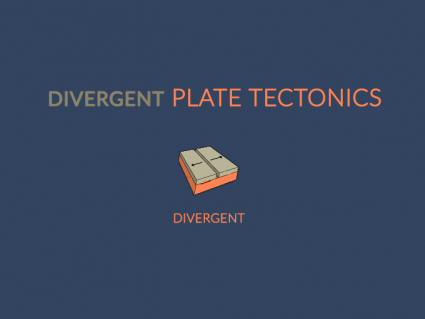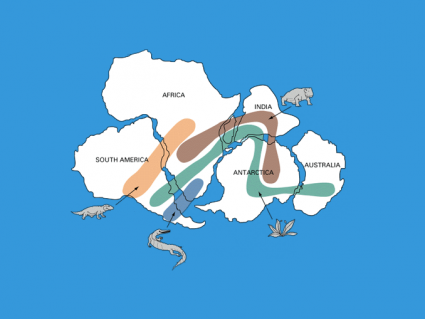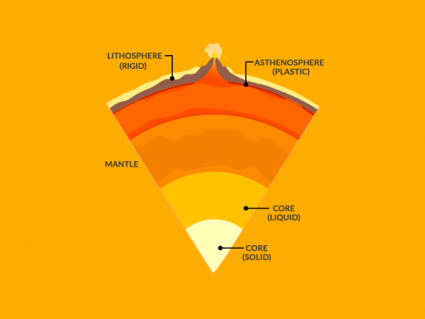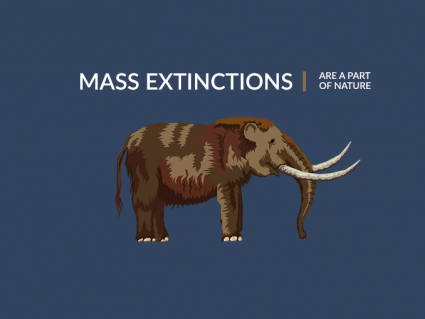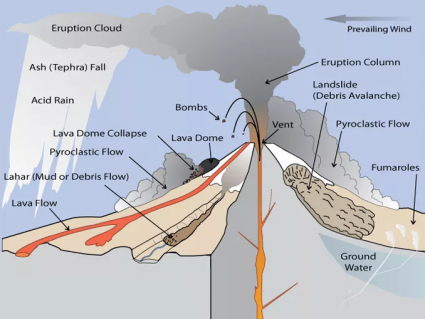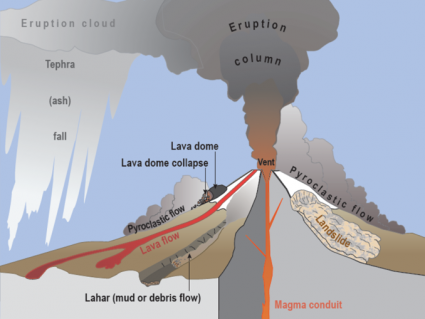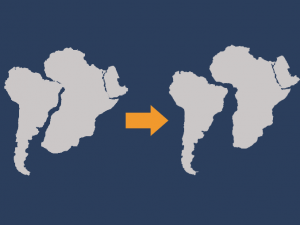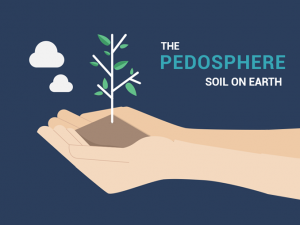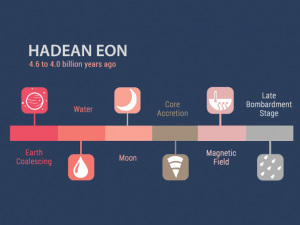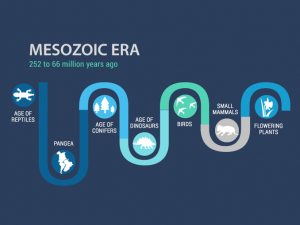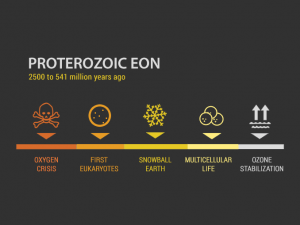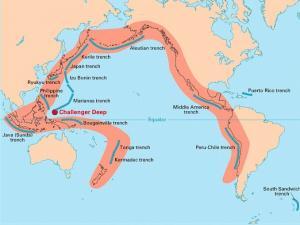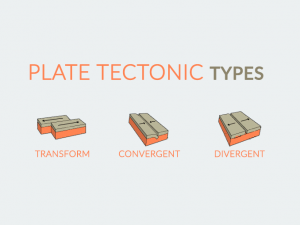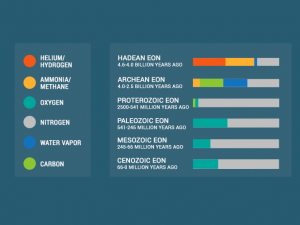Metamorphic Rocks: Heat, Pressure and Metamorphism
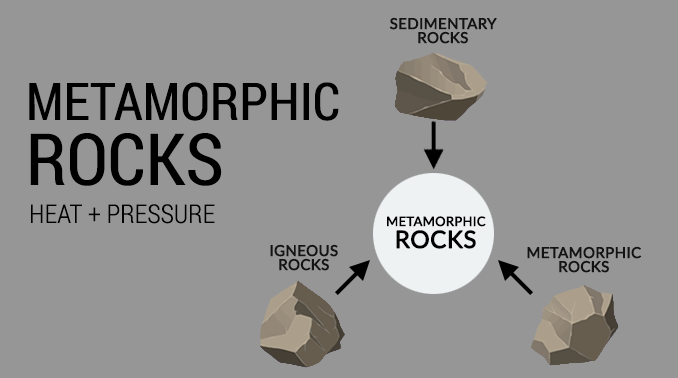
DEFINITION:
Metamorphic rocks are rocks that have been changed from their original form by heat, pressure, or chemical processes deep inside the Earth. They start as igneous or sedimentary rocks, but when exposed to extreme conditions, they transform into a new type of rock.
What are metamorphic rocks?
The process of formation of metamorphic rocks starts with existing rocks. Then, they undergo some sort of change due to immense heat or pressure.
For example, a rock made of sand is “metamorphosed” into another type of rock when it comes in contact with intense heat. They can’t melt because then it would be heading for the igneous state.
Earth’s major mountain chains contain metamorphic rocks because it’s at plate tectonics boundaries where this intense pressure exists.
“When it’s metamorphosed, it’s soft and pliable like cookie dough. This intense pressure for metamorphic rocks comes from inside Earth.”
Where does contact metamorphism occur?
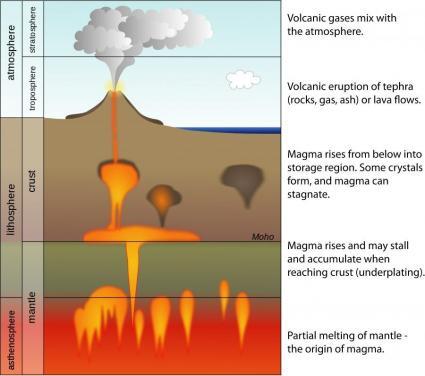
When layers of rocks come in close contact with magma, they can undergo metamorphosis into another type of rock. And this usually happens because magma plumes move to the upper part of the crust.
CONTACT METAMORPHISM: Contact metamorphism involves existing rocks coming into contact with intense heat. This heat generally comes from lava or magma.
So, contact metamorphism involves the surrounding rock being burned from intense heat. Heat ranges from around 300° to over 800°C.
What is regional metamorphism?
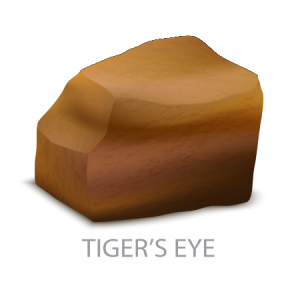
It’s at faults where rocks will undergo regional metamorphism. For example, gneiss is a metamorphic that forms due to intense pressure. Gneiss is known for having bands where all the layers are squeezed.
REGIONAL METAMORPHISM: Instead of heat, the key catalyst for regional metamorphism is mostly from pressure. For example, when there are two convergent plates pushing together, there will be immense pressure at the fault in between.
Then, if you are even more pressure to gneiss, of would melt into igneous rocks. Gneiss is usually the extent of metamorphism that we see.
What are Metamorphic Rocks?
The article delves into the fascinating world of metamorphic rocks, shedding light on their origin and transformation from existing rock types through heat, pressure, and geological processes.
As you’ve learned, metamorphic rocks are formed from the transformation of one type of rock into another. These rocks are created by heat and pressure in the Earth’s crust.
We’ve also explored how these rocks provide critical insights into Earth’s geological history and the dynamic forces that have shaped its landscapes over millions of years.
Also, you can use the comment form below or email us with your questions and comments. We’d love to hear from you.

